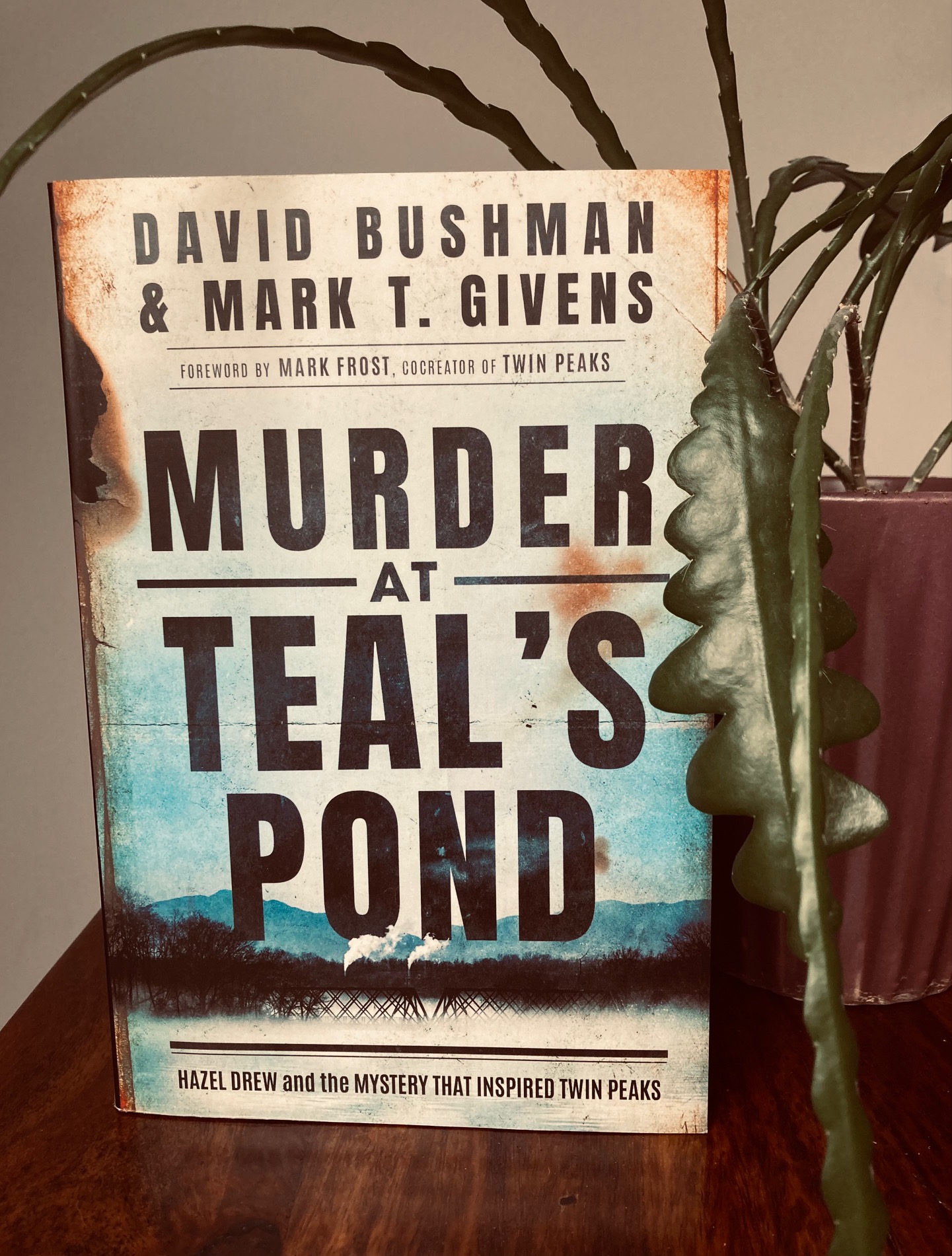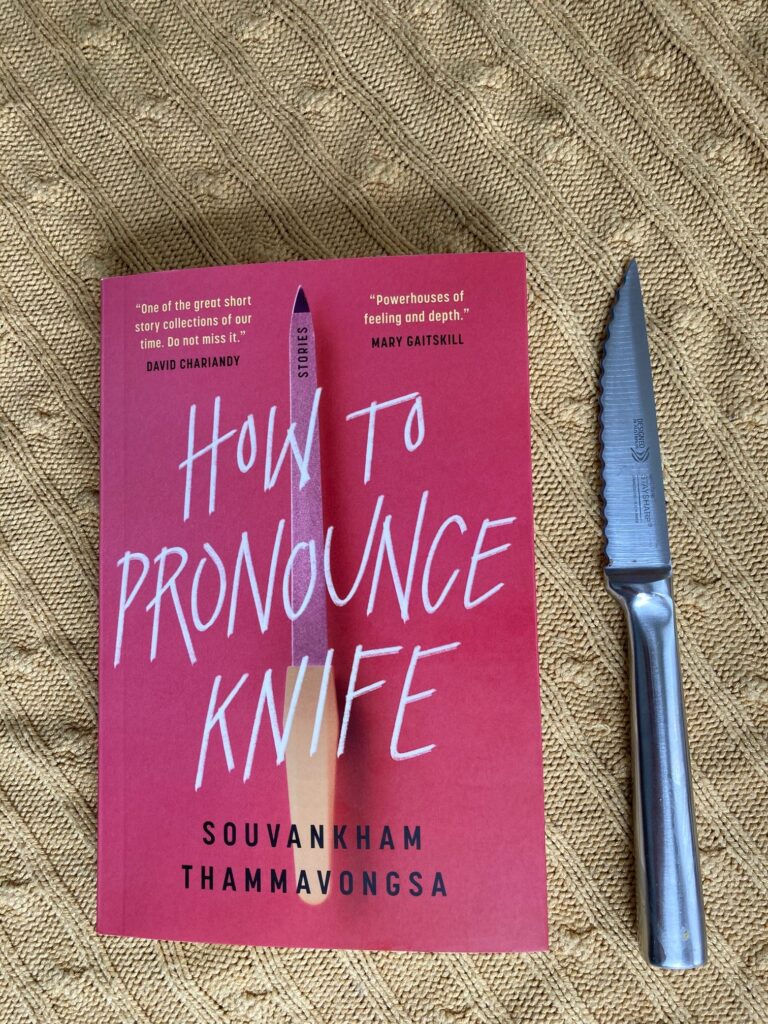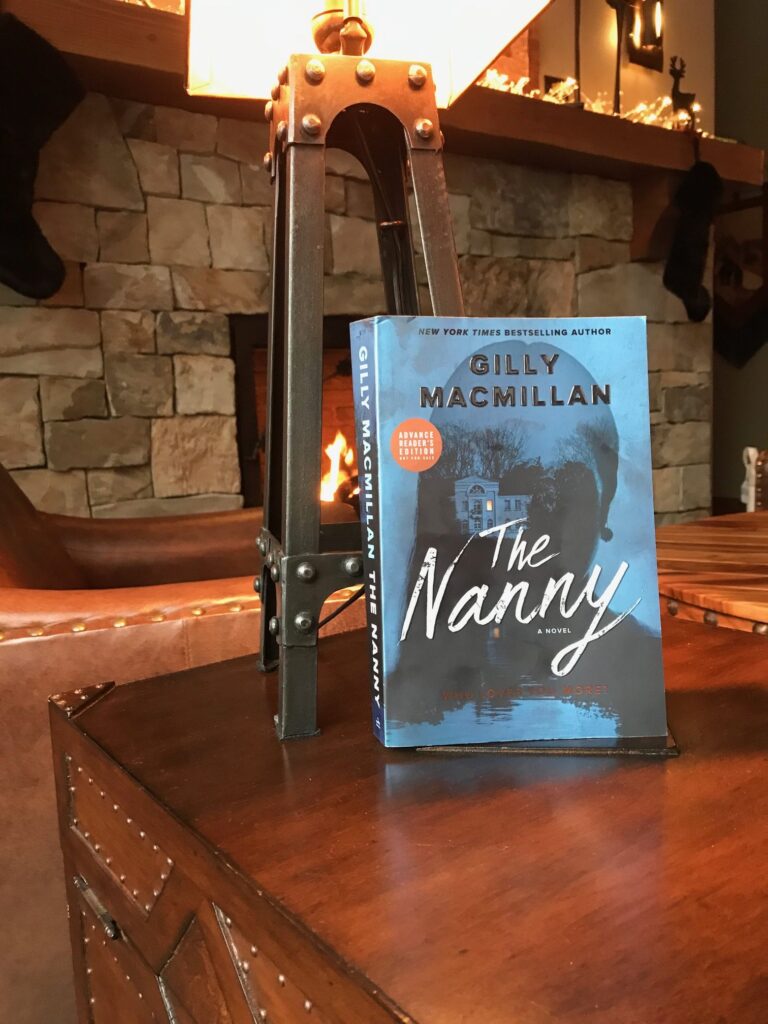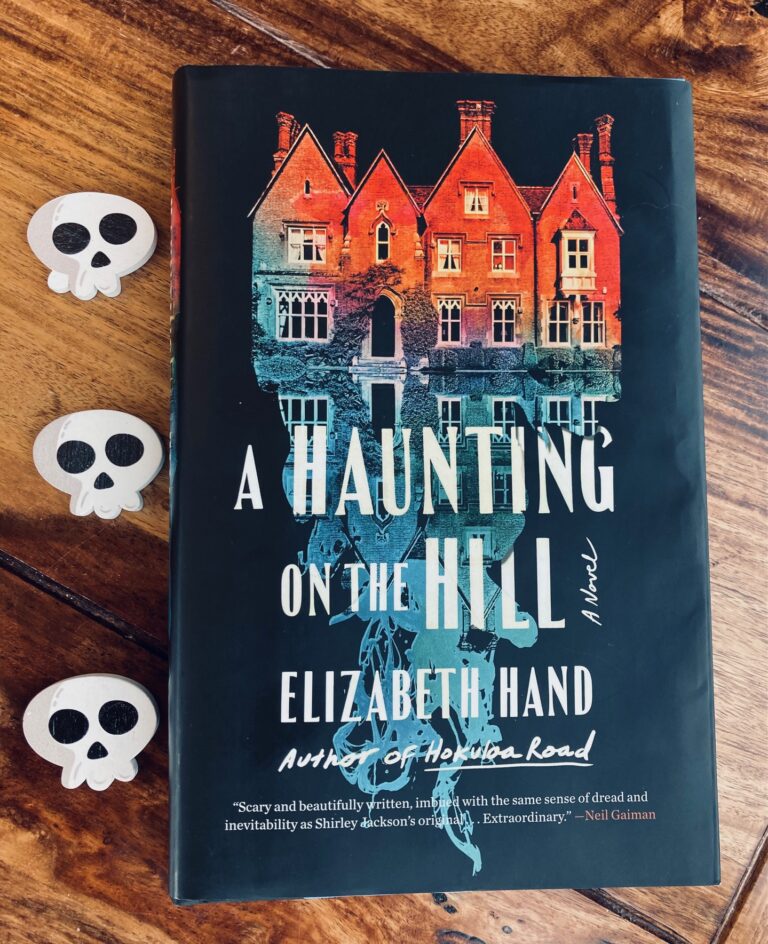Book Review: Murder at Teal’s Pond by David Bushman and Mark T. Givens

I don’t mind a true crime book now and then. I definitely prefer the fictional thriller or detective novel over the factual, but every once in awhile a case catches my interest, and Murder at Teal’s Pond by David Bushman and Mark T. Givens did just that. It describes the murder and investigation of the death of a woman named Hazel Drew in 1908, so it’s a work of historical non-fiction which also gives readers a glimpse into the role of the media at that time, a fascinating topic when considering the modern-day hysteria we seem to have over media’s influence on our western population.
Book Summary
Before we dive into the murder scene itself, a cast of characters is laid out for the reader, totalling 8 pages, only a sentence or two describing each person’s role in the case, many of them witnesses. Then we discover the body alongside the men who eventually realize its a human corpse and fish it out of the water. From there we follow the men appointed to the case and the discoveries they make throughout their investigation which seems to be only a few weeks long. There is also an autopsy; although the techniques aren’t as sophisticated as they are now, they arrive at the cause of death, a blow to the back of the head and then the rumors being to fly. Hazel was an attractive young woman with lots of suitors, but she also happened to work for three politically-connected and well-heeled men in the town of Troy, so despite her modest background, she ran in elevated circles, even if it was just on the periphery. Known for taking lots of trips and dressing very well, many people were curious how she could afford such a lifestyle on the meagre salary of a housekeeper. Additional circumstances of Hazel Drew’s death are well-laid out in clear descriptions of Sand Lake, New York and Teal’s Pond specifically, the area in which her body was found. Much attention is also paid to the news reports around the investigation, as this was primarily what the authors had to go by, but it also tells a different tale of who believed what happened.
My Thoughts
The book begins with a foreward from the co-creator of the famous television show Twin Peaks, Mark Frost. He recalls the first ghost story he ever heard, which came from his grandmother. She warned him of the ghost of a young woman who haunts a pond where she was found murdered a long time ago. Frost then recalls hearing of the brutal murder of a woman he knewl years later, and together, these two instances in his mind formed the basis of Laura Palmer, the victim of the television show he later went on to write. Although it doesn’t have much bearing on the case itself, it’s a great hook for potential readers of this book (it worked on me!) and it sets the tone for the lens in which the case is viewed, both past and present; what kind of ‘girl’ was Hazel Drew? And did she bring this on herself? The authors explore these opinions, and the public’s interest in her life at that time. As it turns out, Hazel was many different things to many different people, which is a great way to manufacture suspense for a case that’s over 100 years old.
Remember when I mentioned the 8 page list of involved persons above? Did anyone else think ‘that sounds super boring’? You would be correct! I almost abandoned the book at that point, because I found it such an odd addition. Why would I care about all these people that have no relevance yet, I haven’t even started reading the book? I must admit things improved from there, I did find the research and storytelling quite captivating after that, the authors did a good job of painting a vivid picture of that time and area, but like Laura Palmer, Hazel remains a mystery until this day.
After a fairly long analysis of the investigation and lots of questions pondered, as well as two sections of photos (black and white photos of some of the key players taken from local records and colour photos of the area as it looks today), the authors arrive at their own conclusions of who the culprit(s) were. Their conclusions are based on suspicious gaps in the case, overlooked eyewitness accounts, and ruling out of the other suspects. There was never anyone actually charged with Hazel’s death back then, so regardless of how flimsy the new theory may seem, it’s further than the real detectives and prosecutor got, and piecing together a mystery decades later is no small feat. The authors ask a critical question at the beginning of the book which I’ll end with here:
“If Hazel had been a man, or a person of wealth, might her murderer have been apprehended?”
-p. 20 of Murder at Teal’s Pond






Sounds interesting and I can see how the Twin Peaks link would be appealing! I always find unsolved murders unsatisfying though, even when the authors make a good case. It’s like all the many books sensationally revealing who Jack the Ripper was – one of them is probably right but how do we know which one??
Well yes that’s a good point, and likely there are many Jack the Ripper books out there!
I never read true crime! I did read In Cold Blood and really liked it, though. I think I’m too much of a scaredy cat!
I’m tryign to remember if I read In Cold Blood. I don’t think I did, I think just watched the movie LOL